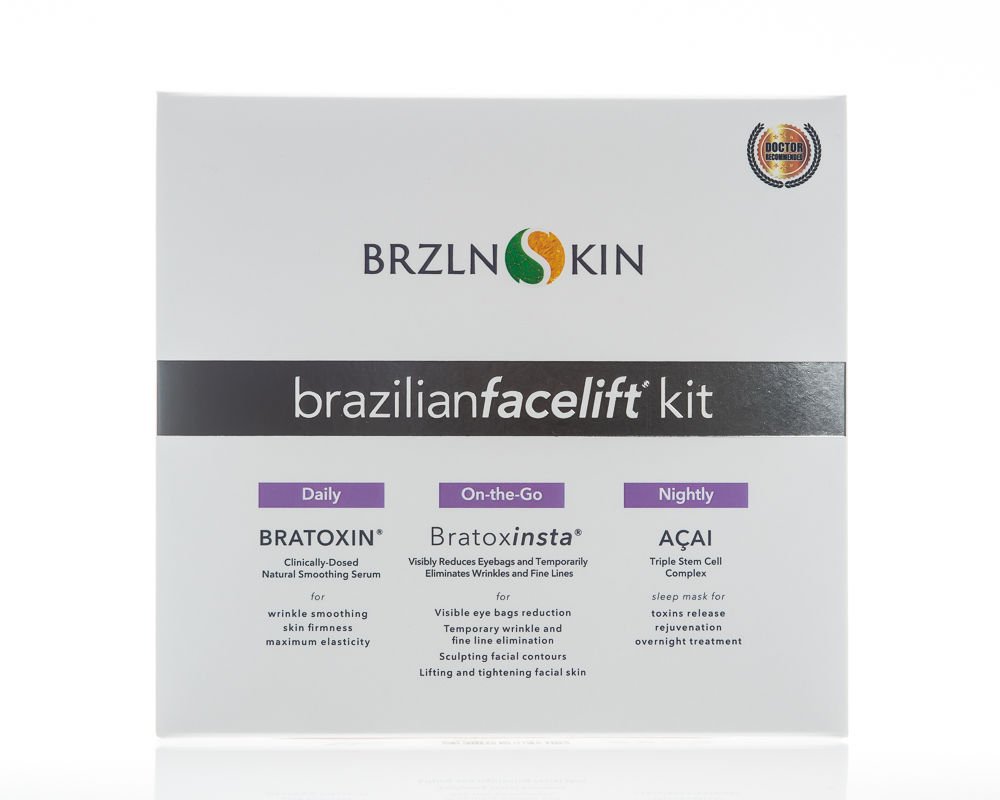Botox, which is generally used in cosmetic treatments, works by incapacitating our muscles. This implies that it eliminates the lines of expression by braking the activities of the muscles that form them. In a comparative design, you can get rid of the desire to urinate by incapacitating the detrusor muscle, one of the muscles of the bladder that causes the bladder to empty individually.
An overactive bladder is one in which the muscles of the bladder contract suddenly, for the most part suddenly and for no obvious reason, causing a rush of urine. The use of Botox makes people who experience the adverse effects of this type of urinary incontinence still want to use the can, but the muscles of the bladder move to become insensitive to the point that they do not have to go as often. .
Most patients who receive Botox injections in the bladder say that the impact lasted for about half a year, after which they received an additional infusion and continue to observe and feel the results. People who received an infusion every half year for a long time said they never again felt that urinary incontinence had any impact on their lives.
Definitive test
The most notable examination on the impacts of Botox on the bladder was a Swiss one led in 2004. Botox is "powerful" in the treatment of urinary incontinence, the consequences of the examination attracted attention, in the middle of an introduction in a joint meeting of the Society of Gynecological Surgeons and American Society of Urogynecology.
The examination included 26 patients, the two men and women whose normal age was 66 years, who had not reacted to the usual treatment for incontinence. That meant they were not affected by the commonly approved medications used to control bladder attacks and loosen the bladder muscles.
The meeting received Botox injections directly into the muscles of the bladder, and then continued in specific pre-organized eras. Each one of them announced again that their bladders could contain much more than already, and that they had exhausted their bladder almost four times a day, instead of several times. They all said that incontinence was no longer a problem that disturbed them regularly.
A subsequent report was made on individuals experiencing urgency incontinence at Guy's Hospital in London and at King's College School of Medicine and distributed in the BJU International newspaper. He tested 36 people, some of whom received Botox infusion and others who received a fake treatment. The
result showed that people who actually got Botox felt that their incontinence affected their lives in a smaller way than before.
What is urinary incontinence?
Also known as urge incontinence, overactive bladder or irregular bladder, bladder incontinence is the point at which you have a pressing urge to small, regularly very often, part of the time until you can not control it. It has been evaluated that no less than 10 percent of the population experiences the negative effects of this pain, which turns out to be more typical the more seasoned we are.
You can assume that saving and then having a little one is genuinely direct, but in reality it is a very amazing process. Above all, a man must have the physical and mental abilities required to remember that they require a little and control their urine. That's why babies can not contain their urine, and why some more established people can not.
In addition, the lower urinary tract, the kidneys and the sensory system should be in the best way to work so that we are small on a regular basis. We should have a typical sphincter muscle, which controls the flow of urine, and also a functioning bladder divider.
When we urinate, we are small in two phases. The main one includes keeping the urine in the bladder; the second includes ejecting it, ideally in the best possible container (that is, not in your jeans). The moment a specific measure of urine is collected in the bladder, it contracts. As small children were prepared to go to the bathroom, they discover how to reign in that compression and hold it to the point where a latrine is seen. But for people with urinary incontinence, maintaining urine is often somewhat inconceivable.
There are some types of urinary incontinence, which include:
Stress incontinence
Women who have had children or who have had or have experienced menopause may experience the negative effects of pressure incontinence, when they can not control their flow of urine due to the stress that occurs in the bladder. This can happen when they pant vigorously, laugh too generously, run or pirate. An arrangement is never to laugh, run, hack or pant again. Another is to do Kegel exercises, which strengthen the muscles of the pelvic floor. Men also suffer from this, which due to its situation is associated with a prostatectomy or a careful evacuation of the prostate.
Urgency incontinence
This happens when individuals suddenly pee when they want to make it small. The reasons are diverse and can incorporate bladder disease or hyperactivity of the nerves in the bladder.
Flood incontinence
A predictable leak of urine that cannot be controlled portrays this type of incontinence, which is usually caused by a blocked urethra or weak muscles of the bladder. Conclusion Experiencing urinary incontinence is not a laughing matter problem. Many people can change their condition either through a scaled medication treatment, standard pelvic muscle training or, occasionally, an intrusive medical procedure or losing a large amount of weight. But if these techniques have failed, Botox could be another and an energizing arrangement.
Read more about Botox as an anti-depressant and how you can increase the Botox effectiveness time.




